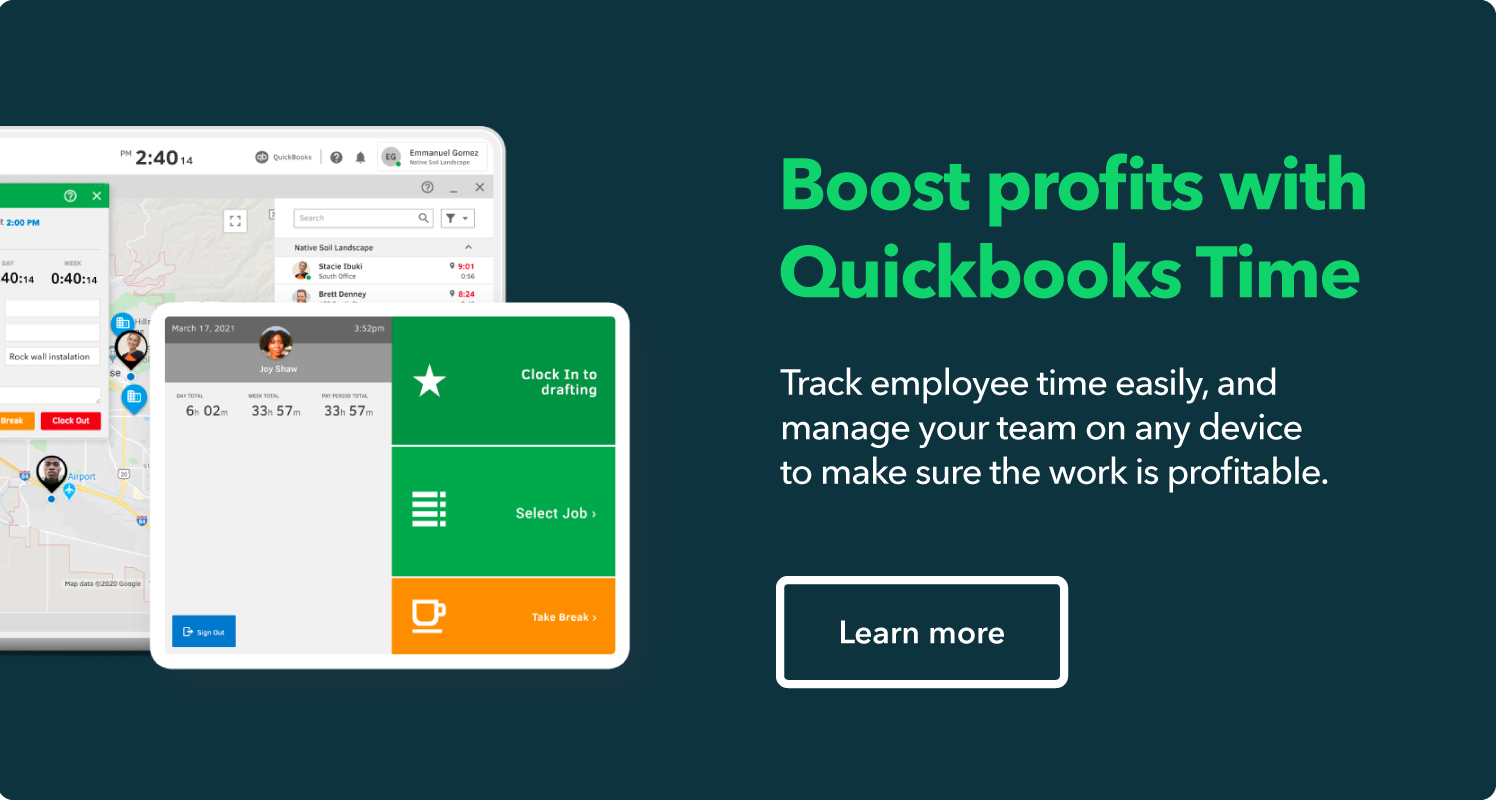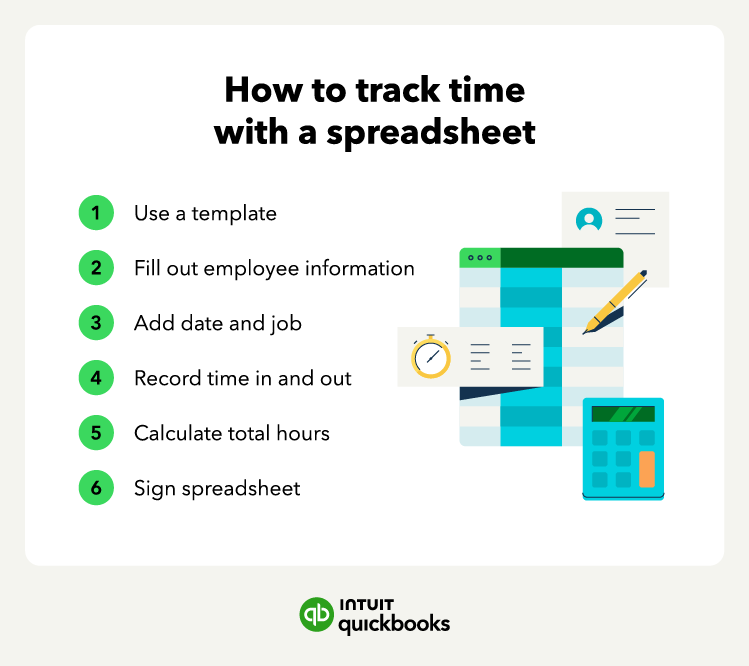When deciding how to track employee time, consider your:
- Business size: Do you have only a few employees or employees with different time tracking needs?
- Employees’ locations: Do your employees work remotely on a computer or at a job site?
- Business locations: Do you have multiple business locations or spread-out office areas?
- Time tracking needs: Do you need to track when employees clock in and out or how much time they spend on tasks?
- Budget: Do you have a budget to install time clocks or for time tracking software?
You can narrow down your options depending on your answers to these questions. For example, time tracking software and a mobile app might be better if you have multiple locations with a large number of employees. If you want to track their time for each task, a plug-in could also be beneficial.
Once you decide how to track employee hours, add the policy to your employee handbook, communicate it with employees, and motivate them to track their time correctly.
Keeping your employees happy and productive
Knowing how to track employee time with the right tools helps you reduce unexcused absences and increase employee morale. After all, when employees consistently come to work, productivity, teamwork, and business performance improves.
Consider time tracking software that integrates with your payroll and accounting software, so you maintain employee records, run payroll faster, and streamline time tracking across the board.
















